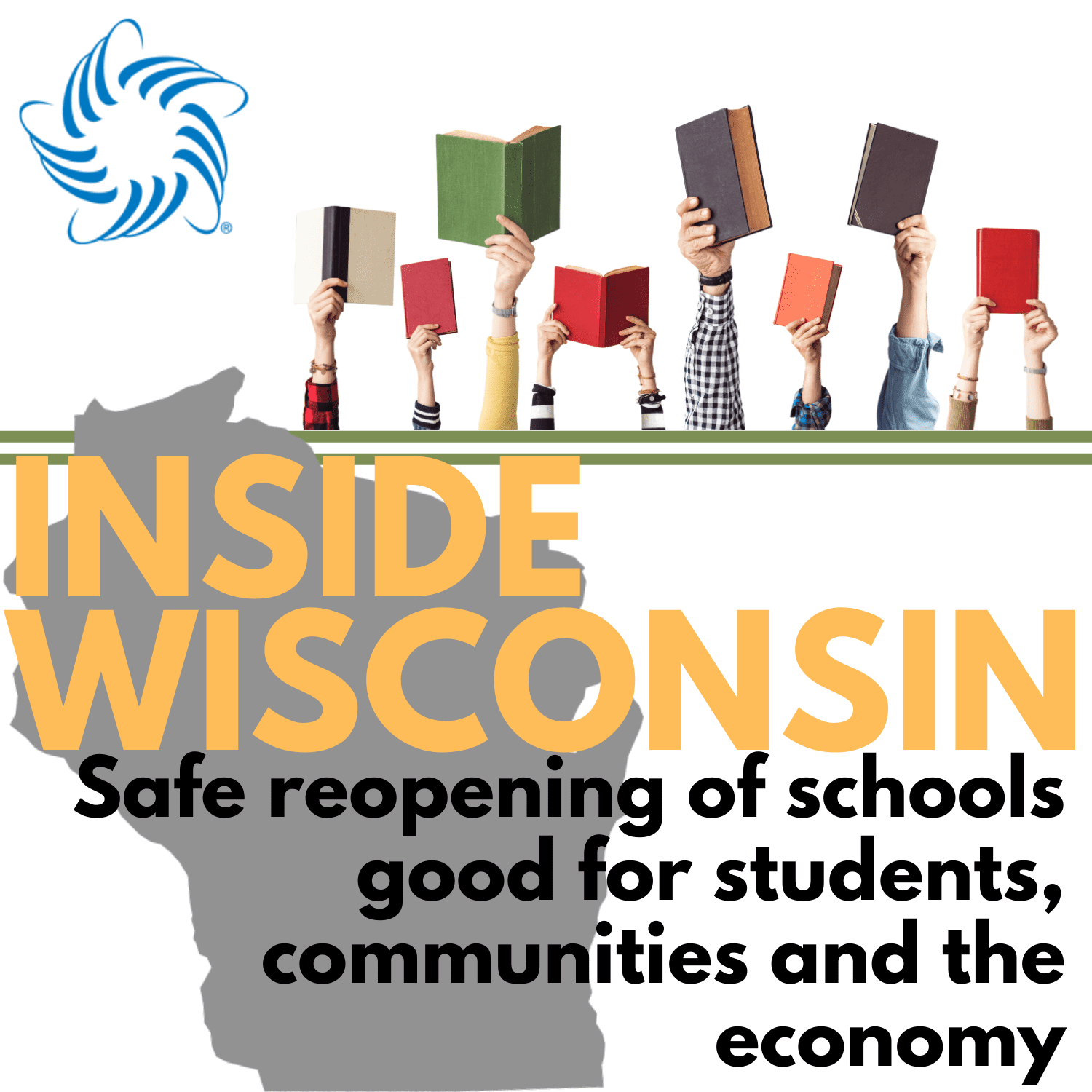By Tom Still
 MADISON, Wis. – An enduring strength of the American education system is local control. While President Trump may fume about cutting off federal support for schools if they don’t open this fall, he cannot unilaterally deny such aid and it wouldn’t necessarily be catastrophic if he could.
MADISON, Wis. – An enduring strength of the American education system is local control. While President Trump may fume about cutting off federal support for schools if they don’t open this fall, he cannot unilaterally deny such aid and it wouldn’t necessarily be catastrophic if he could.
Federal aid to public elementary and secondary schools amounts to $1 for every $12 spent by those schools, with the rest coming largely from state and local taxpayers. Congress, not the president, has the biggest say in how those federal dollars are spent across a host of programs.
Local control has been hard-wired into public education from the earliest days of the republic. That decentralized approach to education control and how it is financed – which extends to parts of higher education, as well – will help schools and the economy as the COVID-19 response evolves in coming weeks.
While the federal Centers for Disease Control have issued guidelines for the safe reopening of schools, the responsibility for doing so will fall to states and communities, where the details of doing so may vary widely. What should be beyond argument is that reopening schools and colleges safely is essential to the U.S. economy as well as students.
The rush to close schools in March made amateur teachers out of millions of parents, who collectively learned how hard it is to be an educator. Those same parents also needed to carve out time in their workdays to help Johnny and Jane with their school assignments.
It was a tough transition for students, parents, teachers and businesses alike. While the lockdown meant many parents were working from home, the role of “substitute teacher” complicated how efficient they could be on the job. Businesses will welcome the reopening of schools, even with a hybrid mix of live and virtual instruction, because so many employees were scrambling to find childcare or supervising kids at home during normal work hours.
Reopening schools need not be a threat to students. The American Academy of Pediatrics has concluded the harm to children from not having in-person education is greater than the risk posed by COVID-19. Poor children may be missing meals, child abuse instances may have gone underground, special needs students aren’t getting as much help, and further disruption in learning will have lasting effects on a whole cohort of students.
As two Johns Hopkins physicians and researchers noted recently, school-aged children make up a small percentage of COVID-19 cases and an even smaller percentage of hospitalizations and deaths. Research in Australia and France has shown the same thing. Austria, Denmark, Germany and Norway have reopened schools without major outbreaks, the Johns Hopkins experts wrote recently. So why not reopen U.S. schools in ways that are safe for all?
That includes teachers and other staff, of course, who are at greater risk of coronavirus infection and suffering from more extreme consequences. Like other employers, however, very few schools would put one of their greatest assets at risk with a reopening plan that doesn’t take staff safety into account.
With or without CDC guidance, and with or without federal threats, that is precisely what school districts across the country are doing this summer. They are refining how online education (not a panacea) will be delivered, rethinking transportation strategies to and from school, adjusting space needs, considering school “shifts” and more.
The idea of school shifts is not a new one, as many “baby boomers” can testify from their years growing up when the number of classrooms did not keep pace with the number of bright young faces.
Colleges and universities, especially those with student housing, are also working through the challenges posed by a safe reopening. The economic effects of a college campus on the community around it is significant, and it ranges from producing the talent needed by businesses to direct spending on supplies and materials to investment in research projects.
Many policymakers are concerned about reopening bars, restaurants and health clubs. They should be at least as worried about restarting America’s education engine, which will best serve the economy over time. Decisions may vary from one school district to the next, but the history of public education in America suggests trusting those choices will lead to innovation over time.
Still is president of the Wisconsin Technology Council. He can be reached at tstill@wisconsintechnologycouncil.com.
###



